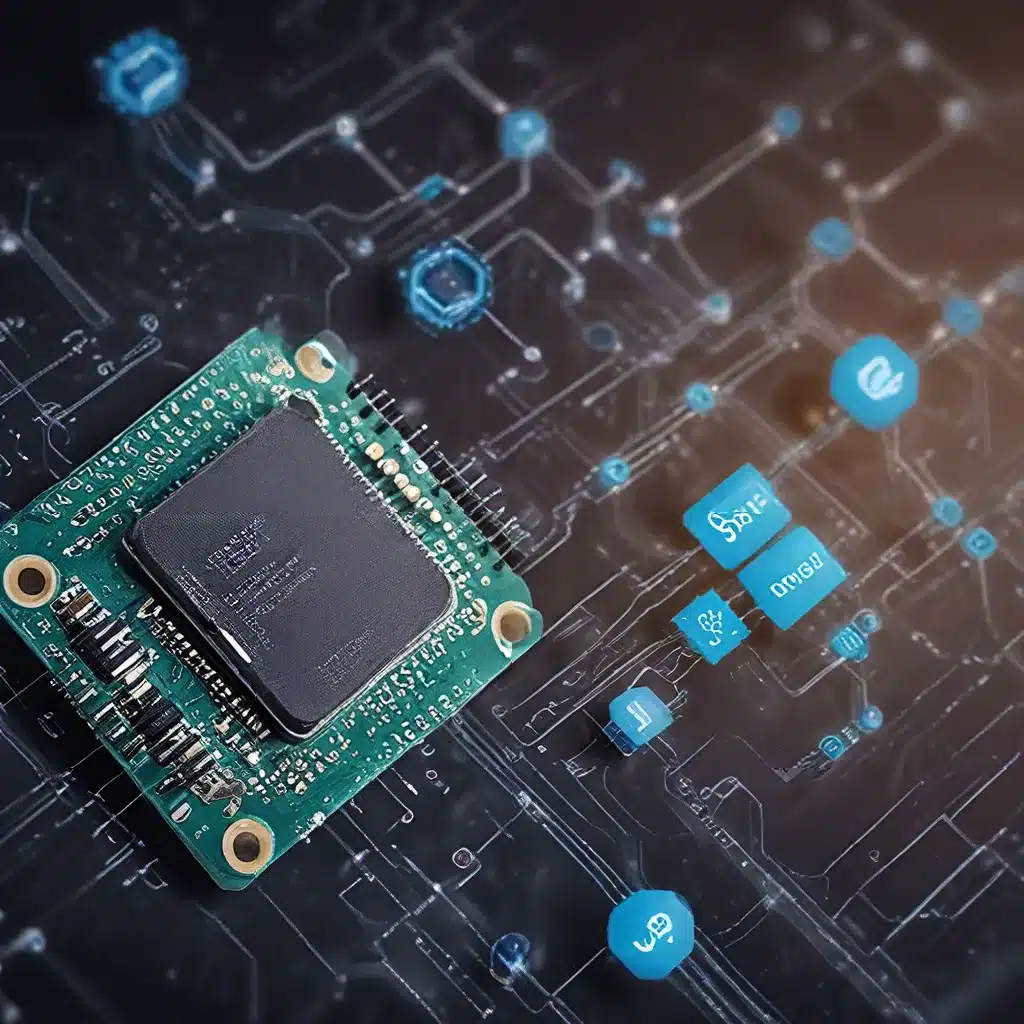
In the rapidly evolving landscape of technology, the role of sensor networks and the Internet of Things (IoT) has become increasingly vital. As we strive to create a more connected and intelligent world, the advancements in sensor capabilities have unlocked new possibilities for a wide range of applications, from healthcare and environmental monitoring to smart city development and industrial automation.
Sensor Network Design: Powering the IoT Ecosystem
At the heart of the IoT ecosystem lie sensor networks, which are responsible for collecting, processing, and transmitting vast amounts of data from the physical world to the digital realm. Designing effective sensor networks requires a delicate balance of considerations, including power management, data security, scalability, and interoperability.
Advances in energy-efficient sensor technologies have played a crucial role in enabling the proliferation of IoT devices, as they allow for longer battery life and reduced maintenance requirements. Embedded systems and edge computing have also emerged as crucial components, enabling real-time data processing and decision-making at the point of data collection, reducing the need for constant cloud connectivity and ensuring low-latency responses.
Moreover, the security and privacy of sensor data have become paramount concerns as the IoT ecosystem expands. Encryption techniques, secure communication protocols, and access control mechanisms are essential for safeguarding sensitive information and protecting users from cyber threats. Innovative approaches, such as federated learning and homomorphic encryption, are being explored to address these challenges while preserving the privacy of IoT data.
Intelligent IoT Applications: Revolutionizing Industries
The advancements in sensor capabilities have paved the way for a wide range of intelligent IoT applications that are transforming various industries and improving people’s lives.
Smart Healthcare
In the healthcare sector, wearable sensors and implantable devices are enabling continuous health monitoring, early disease detection, and personalized treatment plans. Integrating these technologies with AI-powered data analysis allows healthcare professionals to make more informed decisions, enhance patient outcomes, and promote preventive care.
Environmental Monitoring
Sensor networks are also playing a crucial role in environmental monitoring and conservation efforts. Distributed sensor arrays can track air quality, water levels, wildlife activity, and climate patterns, providing valuable data for policymakers and researchers to make data-driven decisions and develop sustainable solutions.
Smart Cities
The concept of smart cities is heavily reliant on sensor networks that monitor various aspects of urban infrastructure, including traffic flow, energy consumption, public safety, and waste management. By integrating this data with machine learning algorithms, city planners can optimize resource allocation, enhance livability, and improve the overall quality of life for residents.
Industrial Automation
In the industrial sector, sensor-enabled devices and robotics are revolutionizing manufacturing processes, supply chain management, and asset monitoring. Real-time data analytics and predictive maintenance powered by AI and machine learning can increase productivity, efficiency, and cost savings while reducing downtime and waste.
Addressing the Challenges: Towards a Sustainable IoT Future
As the IoT landscape continues to evolve, several key challenges must be addressed to ensure a sustainable and secure future.
Energy management is a critical concern, as the proliferation of IoT devices has led to a significant increase in power consumption. Innovative energy harvesting techniques, low-power sensor designs, and energy-efficient communication protocols are being explored to reduce the environmental impact and extend the lifespan of IoT systems.
Ensuring the interoperability of diverse IoT devices and data integration across multiple platforms is another key challenge. The adoption of open standards, unified communication protocols, and middleware solutions can facilitate seamless data exchange and enable cross-platform collaboration.
Additionally, the scalability and resilience of IoT systems must be addressed to accommodate the exponential growth in the number of connected devices and the increasing complexity of sensor networks. Decentralized architectures, edge computing, and adaptive algorithms can help IoT systems adapt to changing conditions and withstand potential failures or cyber attacks.
The Future of Sensor Networks and IoT
As we look towards the future, the convergence of sensor networks, IoT, and emerging technologies will continue to drive remarkable advancements in various domains. 5G and beyond communication networks, quantum computing, and advanced materials are just a few examples of the innovations that will shape the next generation of intelligent IoT devices.
The sensor networks and IoT industry is poised for exponential growth, revolutionizing the way we interact with the world around us. By addressing the challenges and capitalizing on the opportunities presented by these technologies, we can create a more connected, efficient, and sustainable future for all.